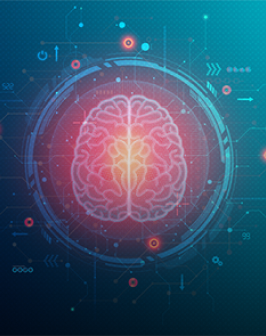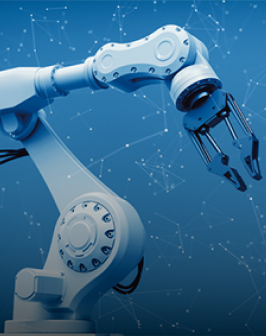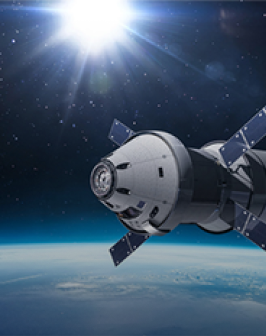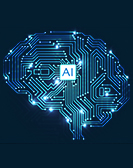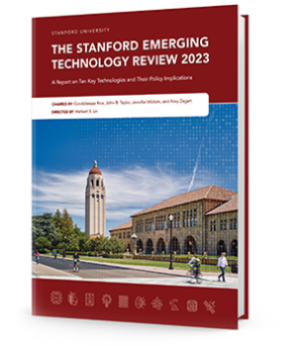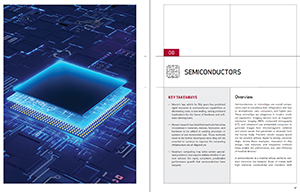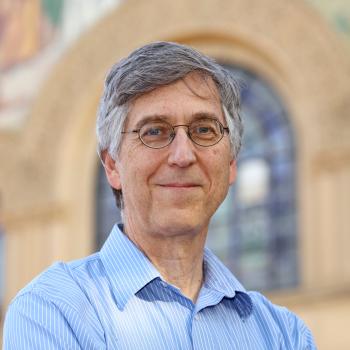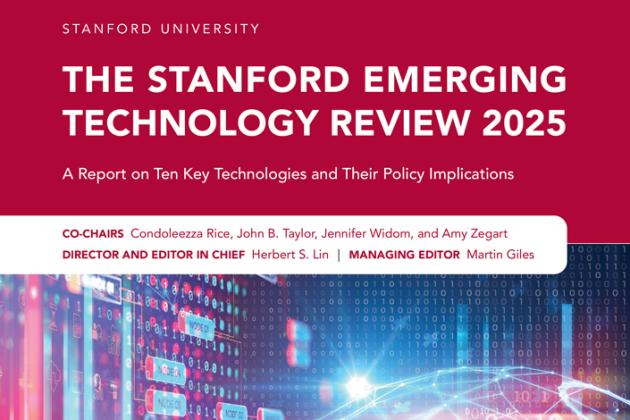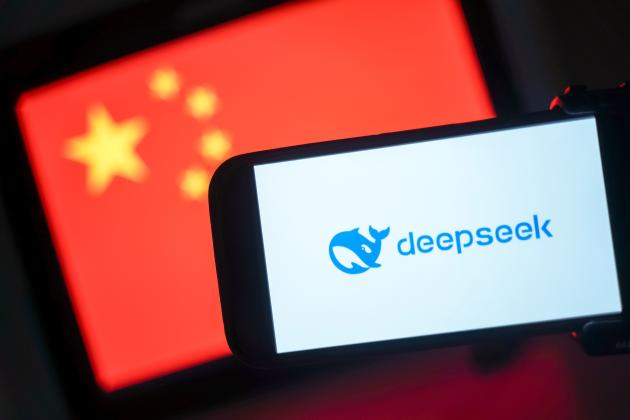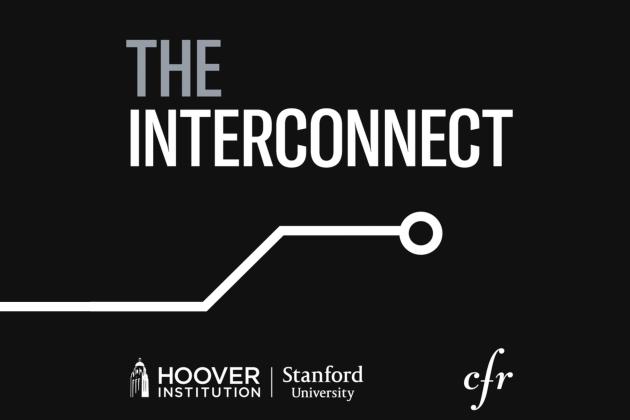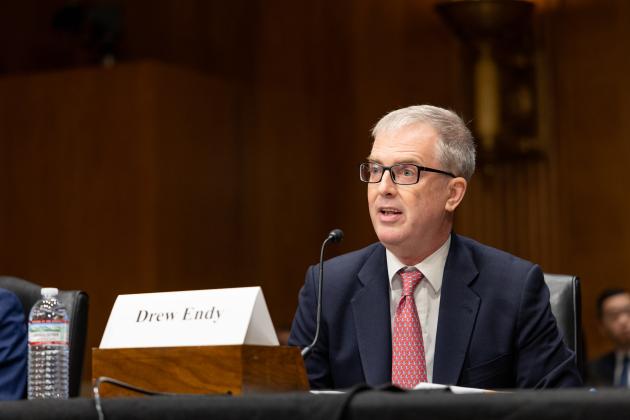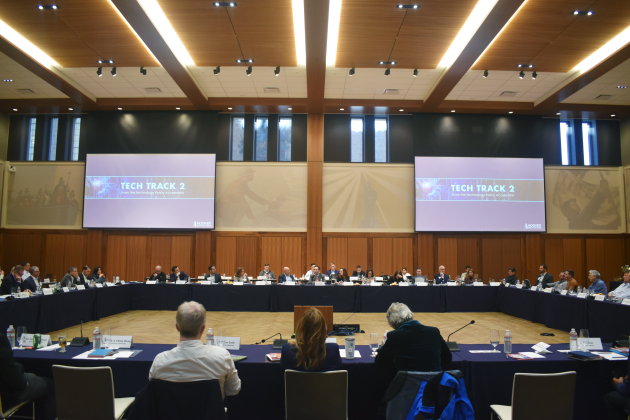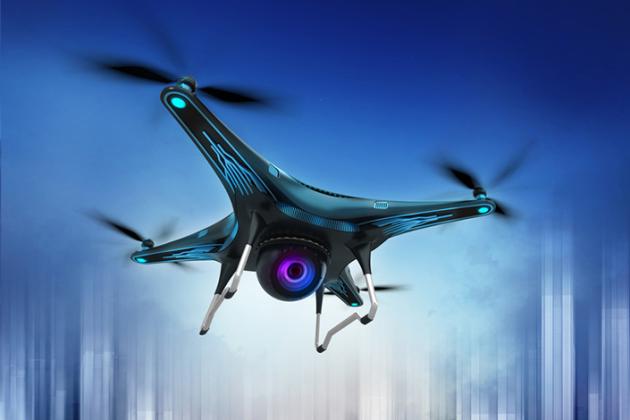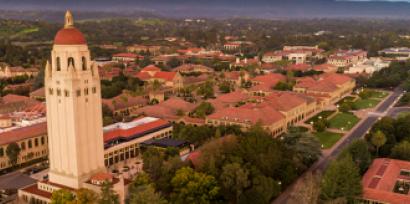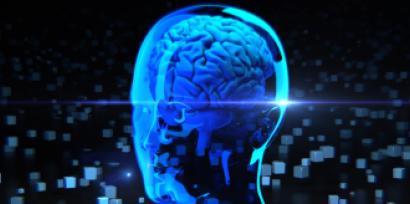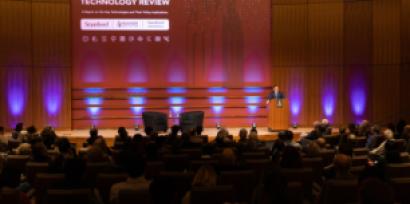Overview
Chips must be designed and then manufactured, calling for two different skill sets. Very few companies perform both design and fabrication (Intel is one). Many companies specialize in design (e.g., Qualcomm, Apple, NVIDIA). Others specialize in chip manufacturing—or fabrication. The Taiwan Semiconductor Manufacturing Company (TSMC) is by far the world’s largest “fab” company. Samsung in South Korea is a distant second, and UMC, also in Taiwan, ranks third. With a large fraction of the world’s chip factories physically in Taiwan, the global supply chain for chips is clearly fragile.
MOORE'S LAW IS ENDING
For the past fifty-plus years, the number of transistors on a chip has doubled roughly every two years at similar cost, meaning the computational power of a leading chip can be expected to double every few years. This trend, known as Moore’s law, depends on steady improvements in manufacturing tools and a set of economic conditions that make it financially sensible to invest in the construction of new state-of-the-art facilities that can cost $20 billion. Moore’s law is not a law of physics, but an observed trend that has been so consistent that everyone expects the cost of computing to regularly decrease with time. Unfortunately, Moore’s law has been slowing down, and the end appears to be in sight, raising profound implications for future systems and design. As a result, innovative methods in other areas need to be further developed. Alternatively, improvements in end-user applications will come from better optimization of algorithms or hardware to the application, rather than better scaled hardware.
QUANTUM COMPUTING
The slowing of semiconductor improvements has increased interest in alternative technologies like quantum computing (QC). Quantum computers employ a different way of performing computation from traditional computers, allowing for some tasks to be completed much faster. However, the different framing also requires completely different hardware and approaches to algorithm design. For QC to be successful, it will be necessary to drastically scale the number of qubits—or data units—while decreasing error rates. The best quantum machines today have around fifty qubits and can do about three hundred two-qubit operations between errors. For comparison, conventional computers have billions of bits and can do more than a million billion operations before errors occur.
How to create a growing market for quantum computers is one of the biggest challenges in the field. As of today, no one has found a commercial problem which a near-term quantum computer can solve that can’t also be solved as effectively on a conventional computer. Given the large initial cost of a quantum computer relative to conventional computing, this situation means that we still don’t have a commercial market for quantum computing. For QC to flourish, it will need a virtuous cycle created by a growing market that funds increasingly difficult technology development.



